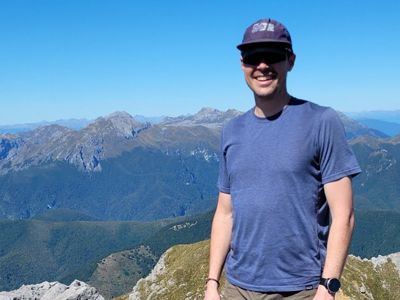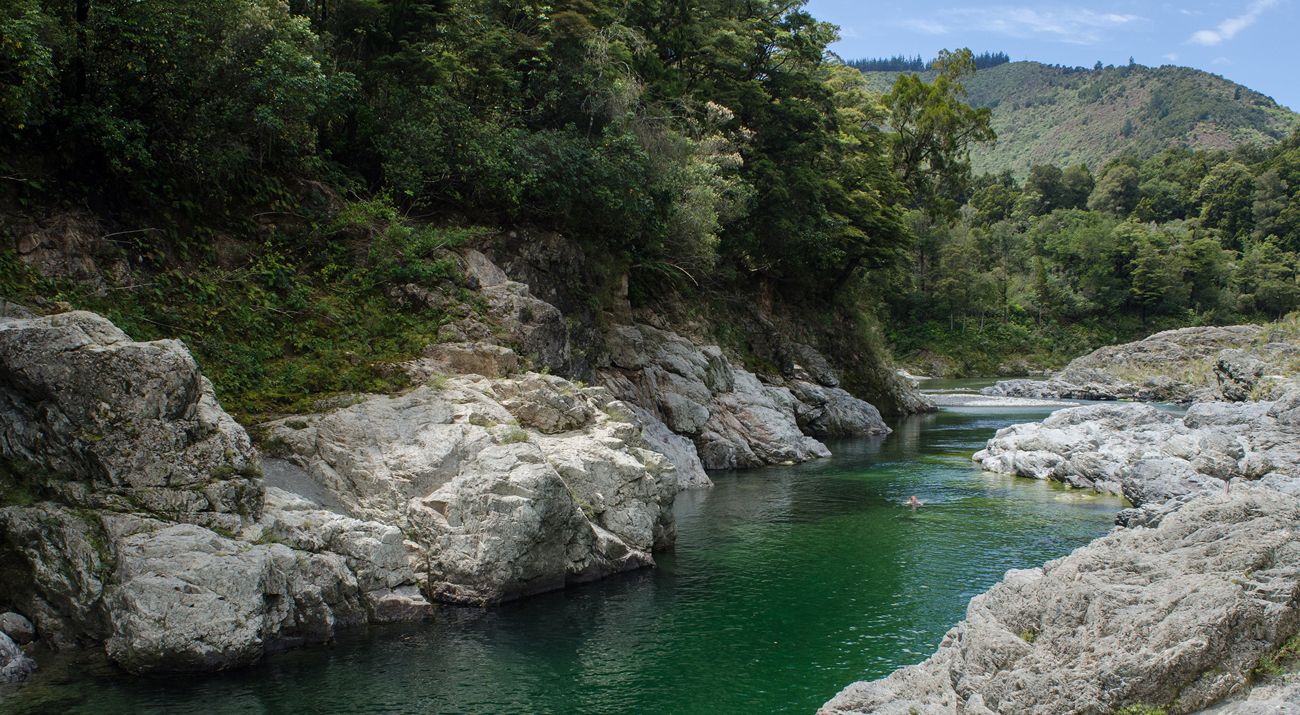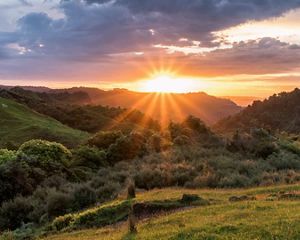Creativity in Conservation: Knowledge sharing through TNC's Exchange Program
A graduate student from the University of Vermont reflects on his trip to the top of Aotearoa New Zealand’s South Island with The Nature Conservancy.

The Nature Conservancy (TNC) in Vermont and Aotearoa New Zealand is developing an exchange program to promote knowledge sharing of how conservation works on the ground.
Gannon Osborn, a graduate student at the Rubenstein School of Environment and Natural Resources at the University of Vermont, and Land Conservation Program Manager at the Vermont Department of Forests, Parks and Recreation, visited the top of the South Island (Te Tauihu and Buller/Kawatiri) to look at how the Kotahitanga mō te Taiao Alliance is working to support local Māori tribes (iwi) to restore nature and the mauri/lifeforce of ecosystems in the top of Aotearoa New Zealand’s South Island.
His month-long visit was facilitated by his academic advisor, Walter Poleman, who had traveled to Aotearoa New Zealand in 2020 and connected with Alliance Partners, as well as by George Burrill, who sits on the TNC advisory boards for Aotearoa New Zealand, the Vermont chapter and TNC’s Asia Pacific Council. Walter's experience led him to see an opportunity to build relationships between Vermont and Aotearoa New Zealand through a cross-cultural exchange.

Gannon visited Aotearoa New Zealand in early 2023 to learn more about the Alliance. “I wanted to look at how this unique collaboration works,” said Gannon. “To see how the Alliance—with government entities, NGOs and iwi around the table—is advancing Māori values and interests.”
“In Vermont, we often look at conservation at a watershed scale, so projects like Te Hoiere are really relevant to our efforts. I’m keen to investigate how this work supports the iwi community, and vice versa, and whether we can incorporate such approaches into our work with our Indigenous communities.”
Gannon spent time with ex-Alliance co-chair Dave Johnston and current Alliance co-chair Martin Rodd, Alliance Program Manager Debs Martin, and Te Hoiere Chair Waihaere Mason to understand the origins for the Alliance, the scale of its vision, and where it could go in the future. “They were full of wisdom, which I was privileged to share.”
Our Work In New Zealand
Explore now“My takeaway is that it offers a unique pathway to translate strategic vision through to project implementation. There is the potential for it to inform the framework we use for state-wide planning and implementation in Vermont. I also really appreciated the Alliance’s governance structure—who pulls everything together and advances the work, and how the diverse team of the Alliance engages and supports iwi to carry the vision and values forward.”
Gannon also shared a memorable moment he had, which was the powerful Ngāti Kuia welcome on to the Marae at Te Hoiere. On the cultural and project sites in the Te Hoiere catchment, Gannon said: “It was a chance to see how these approaches are being applied in projects like the Ruapaka Wetland Restoration and how strongly embedding cultural values in the project impacts the outcomes.”
Quote: Gannon Osborn
I came away with an appreciation for what is possible in conservation, even in today’s complex world, when you combine creativity, inclusivity, trust, strong partnerships and a willingness to give it a go.
Gannon’s visit is hopefully the first of a series of exchanges between Te Tauihu and Vermont. TNC is now looking to send an Alliance representative to visit TNC’s projects in Vermont and the University of Vermont’s educational programs to further the sharing of knowledge and experience.
“It was a rare opportunity to open up to curiosity, absorb new experiences and pursue ideas,” said Gannon. “I came away with an appreciation for what is possible in conservation, even in today’s complex world, when you combine creativity, inclusivity, trust, strong partnerships and a willingness to give it a go.”



